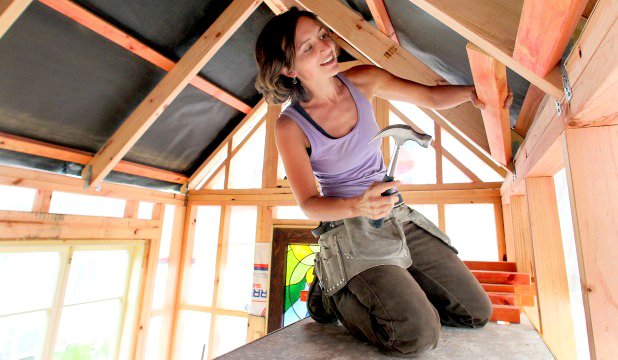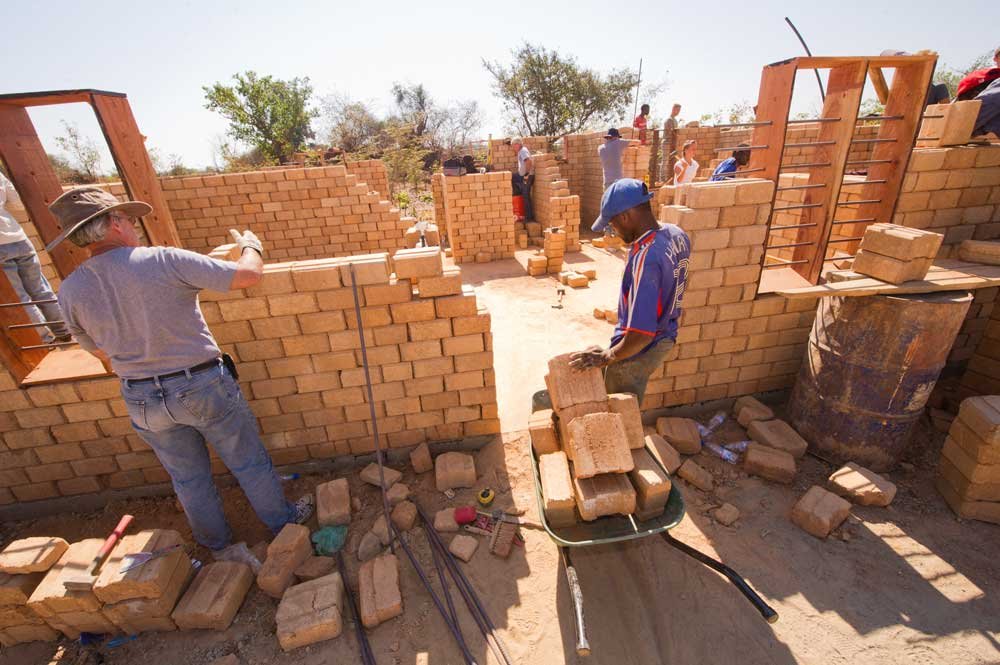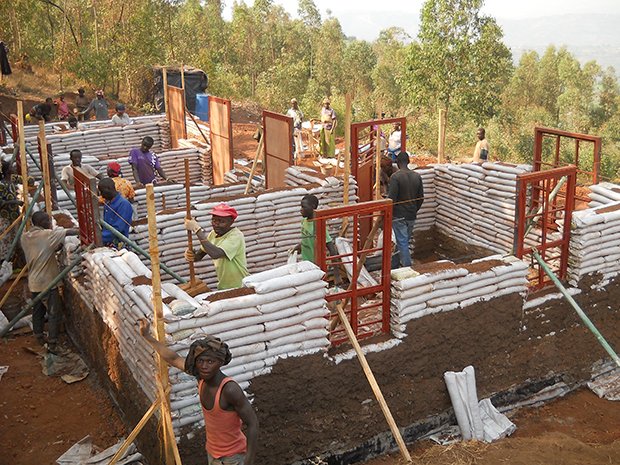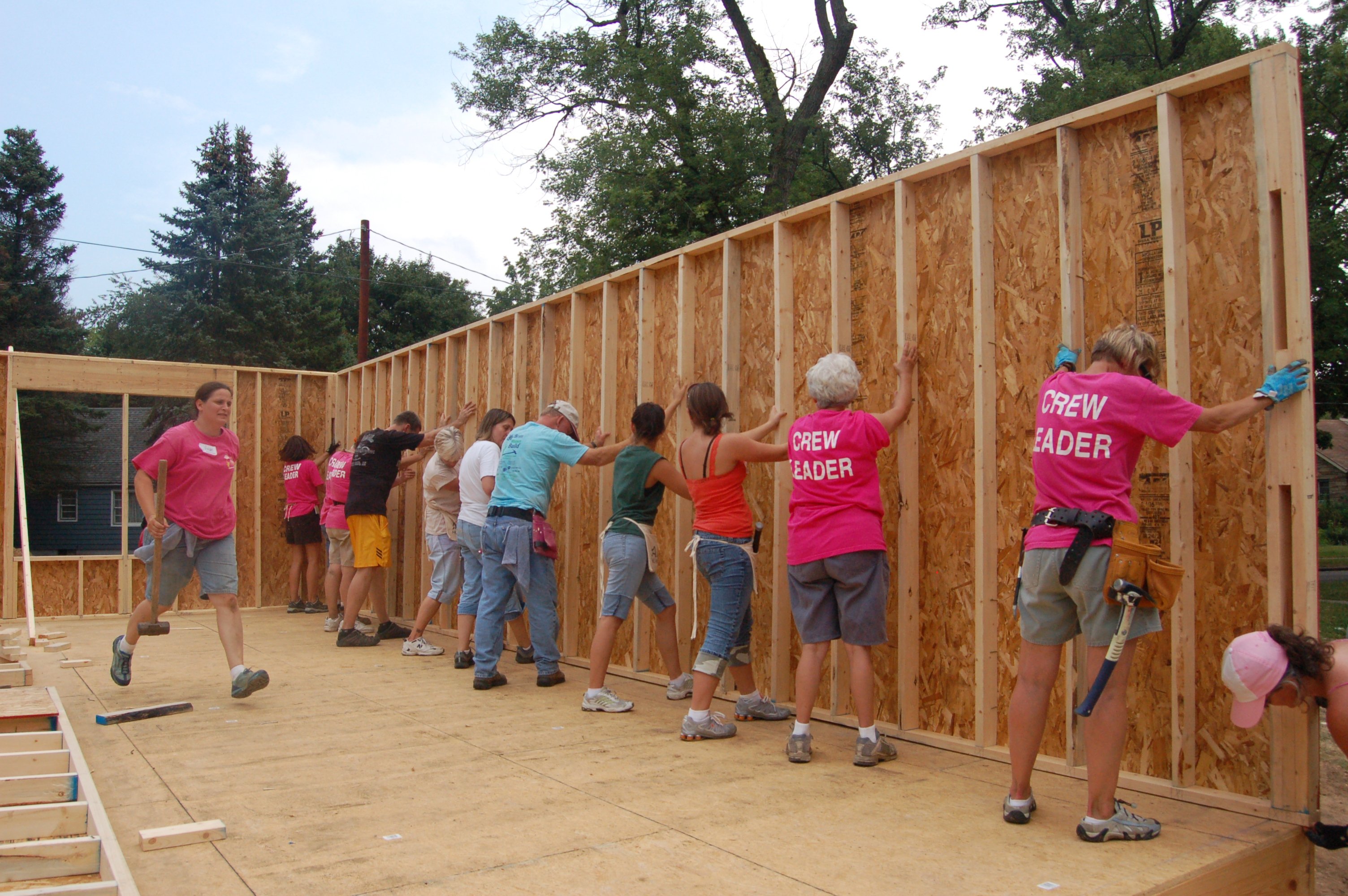“Anarchism is not a romantic fable but the hardheaded realization, based on five thousand years of experience, that we cannot entrust the management of our lives to kings, priests, politicians, generals, and county commissioners.” - Edward Abbey

In my previous posts, I have discussed several examples and thoughts about what anarchist architecture means, and I think it is the only way for architecture to survive in the future. After my time studying architecture at USC, I learned the patterns throughout history regarding government control of architecture. Architecture was born of the people, and it has always been more successful when it is decentralized, just like it is better to have decentralized modes of payment such as Bitcoin and platforms such as Steemit.

Here are some points I have borrowed from Eric S. Raymonds The Cathedral and the Bazaar, where he speaks about the organizational principles behind the development of Linux by a global community of programmers. I simplified them and adapted them to the field of urban planning and architecture.
1. NEED IT: Necessity is the mother of invention. What do you need, as an individual and as a community? It is not for master planners to guess what people need but for the residents to day.

2: SEARCH IT: No need to reinvent the wheel again. Let's see what works and adapt to the local/present needs and then expand it.

3. LEARN BY DOING: You don't really understand the problem until after you start implementing the solutions. It doesn't have to be an all out "redevelopment," we can start small and gradually build knowledge and best practices. This will develop the social and cultural capital of the community.

4. BE OPEN: With the right attitude, interesting (and unexpected) issues will come up and make the plan & development better.

5. LET GO: Do not feel proprietary about the plan. Or rather let other people feel proprietary about it as well. The common goal is to have the best/optimal solution.

6. CONTRIBUTE: Residents should be co-planners and co-developers. The concerned population is the biggest asset of planners.

7. INFORM & COMMUNICATE: The plan should be publicly accessible to all concerned parties at all time. Updates should be frequent so everyone has access to the latest information and can react immediately. Say what you have to say and listen to what other people have to say and immediately incorporate it. It can always be modified/adjusted.
8. DECENTRALIZE & DELEGATE: If we have enough people looking at different aspects of the plan, any issues can be recognized and addressed quickly. Finding the issues is the biggest challenge. Once we found it someone will have an idea about how to solve.
9. BE INCLUSIVE: Finding an efficient way to get everyone's input is more important than the input itself. A lot of time and attention should be spent to cultivate the community's active participation.
10. VALORIZE: If participants are treated as the most valuable resource of the plan, they will become the most valuable resource of the plan. Contributions should be vaporized and recognized.
11. RECOGNIZE: Being able to recognize and incorporating good ideas is essential to the plan. We don't need to be design or planning geniuses individually, but should strive to find the best way to activate the collective intelligence of community.
12. BE CRITICAL: Realizing that our concepts are wrong might lead to the most striking and innovative solutions.
The web itself was an open source project which was from the start based on a radically new approach to knowledge and information production and sharing. Doesn't Steemit attempt to do the same? There is value in sticking to a decentralized yet cooperative system, which is is why i believe that architecture needs to do this to survive in the future, as civil unrest continues to grow, and faith in our government lessens. Anarchist architecture is about taking the right to build back from the government. As I have mentioned before in my other articles, architecture was born of the people and it should stay that way.
If you are interested in reading the other three parts, check out the links below.
